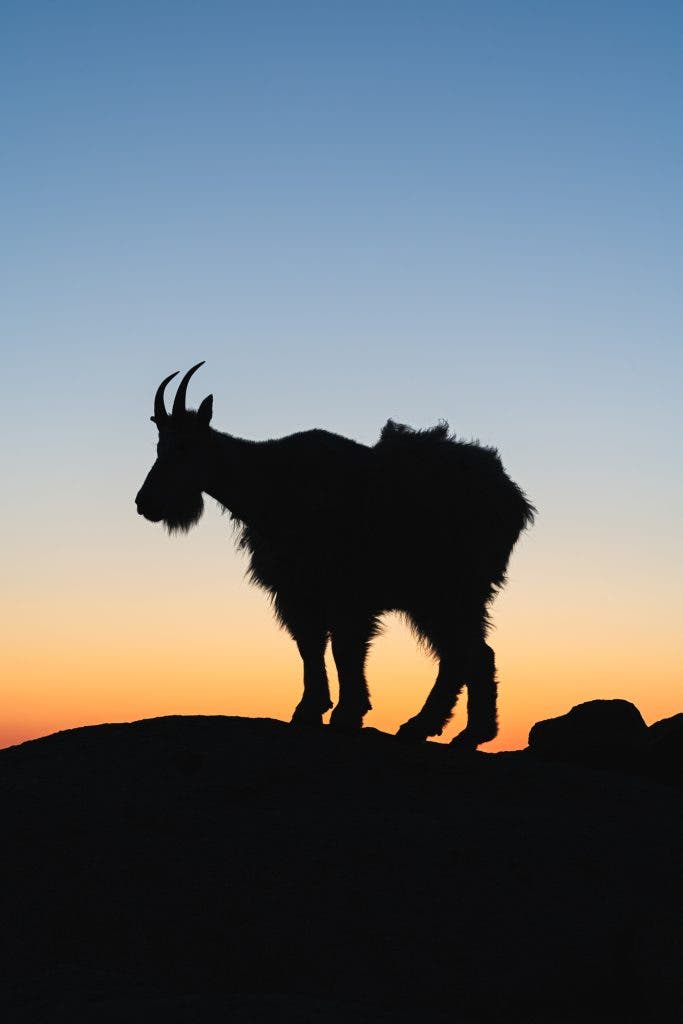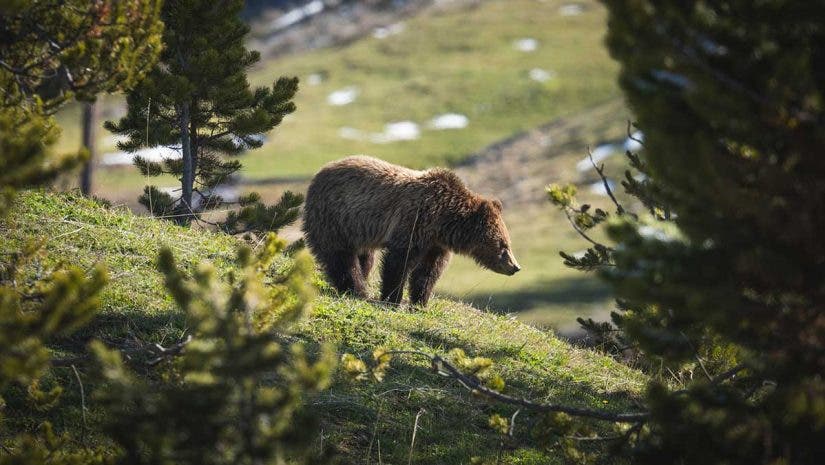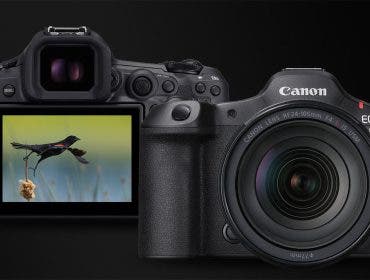Few things are more exciting for a photographer than being in the right place at the right time to capture an epic encounter with a wild animal. No two encounters are ever the same, which helps keep wildlife photography fresh and exciting. That being said, missing the shot during a wildlife outing is a moment in time you’ll never get back, and it can take a long time to improve your craft to capture stunning wildlife images. In this post, we’ll cover seven tips to help you take better wildlife photos that will be portfolio-worthy.
Have the Right Equipment
If you aren’t equipped with the right gear, getting the photo you’re after will be incredibly challenging. Many other kinds of photography emphasize the importance of the camera body itself. However, lenses are arguably the most critical equipment for a wildlife photographer.
While having a quality camera is still important, most modern cameras will have enough megapixels and autofocus points to satisfy most wildlife photographers. One should consider two particular features when looking at lenses. The focal length: having enough reach for the wildlife images you aim to capture is crucial. For most animals, a telephoto lens of 200mm is the bare minimum for focal length. For predators, such as bears, tigers, lions, and wolves, having a lens around 600mm will be beneficial. When you can’t safely get as close to your subject, you can rely on the extra reach of your lens to get you there.
Secondly, you need to consider the maximum aperture of your lens for better wildlife photos. Some of the best telephoto lenses for wildlife photographers have maximum apertures as wide as f/2.8 or f/4. Still, many more budget-friendly options only go down as low as f/6.3 or f/7.1. The wider the maximum aperture, the more light you can capture. More light = less noise + more detail. Also, this allows you to create more background blur behind your subject. Picking out the right equipment comes down to your desired subject and budget, but follow these guidelines to help pick out the best lens.

For Better Wildlife Photos: Think Like an Animal
If there is a particular animal you want to photograph, think like that animal. In many areas of the world, animals are most active at dawn and dusk. This is when the temperatures are cooler, and there is less ambient light, which helps them remain hidden. This doesn’t mean you’ll never see animals in the middle of the day, but your chances are far less likely. Learn about the animal you’re targeting and its preferences, including where it’s expected to be seen and if it has any habits. Some animals are creatures of habit, showing up to the same spot every morning or evening to feed on grasses or a kill. Other animals cover more ground, moving their territory as the year progresses. Consider everything you need about the animal you want to capture to maximize your chances of being in the right place at the right time.
Use a Fast Shutter Speed
It might be tempting to decrease your shutter speed to allow more light to hit the camera rather than raising the ISO. However, you must be careful. If your shutter speed is too slow, you risk the subject of your photo being blurry. Instead, ensure the shutter speed is quick enough to freeze motion in your scene. Then, raise the ISO to make up any light you need to expose the image properly. While this results in an image with more noise, it’s much easier to remove noise in post-processing than to fix a blurry subject. If you’re a Lightroom user, the built-in noise reduction feature is an excellent way to remove noise and bring back some detail in your subject.
Visit at the Right Time of Year for Better Wildlife Photos
Different times of year lend themselves better to various kinds of wildlife photography. Do your research before planning a trip. Don’t think you can just show up at any time and have a high likelihood of returning home with portfolio-quality images. For example, you can capture many babies in the spring recently after birth. The antlers are generally most developed in the fall if you’re after any antler-animal. For many animals in the desert, visiting when animals are active and around a water source can significantly increase your odds of great wildlife photos. Very few locations and animals will photograph well year-round, so if you’re serious about taking eye-catching shots, research and visit at the right time.

Always Be Ready
When you’re out in the field, you should always be ready for an encounter with an animal. If driving around, have your camera on your lens and in a spot you can quickly access. Many animal encounters are fast, and you’ll miss your opportunity if you have to take time to set up. Additionally, set your camera to aperture priority so you don’t have to fumble with the settings when the right moment arises. In an ideal world, you should be able to have your camera ready to shoot within ten seconds or less.
Find Interesting Ways to Frame Your Subject
Many photographers will get caught up in the moment during a wildlife encounter. They will simply zoom to their maximum focal length and start firing away. Play with different focal lengths and compositions and create exciting and creative shots. While you can’t control what the animal is doing, you can control your position and how that may affect the photo. Show off what’s around the animal and its environment, as this can add visual interest to the scene. Additionally, try to predict where the animal may go next if it’s on the move. Getting ahead of the crowd can not only help you find interesting ways to frame your subject, but it can also help you be in the right place at the right time.
Be Patient for Better Wildlife Photos
A list of better wildlife photo tips wouldn’t be complete without mentioning patience! In all seriousness, being patient is one of the most essential things in wildlife photography. First, have the patience to find the right animal in the right spot. With social media, it can be hard to look at fantastic photos others have taken and then be let down when we feel our work isn’t the same. Many wildlife photographers spend days and even months trying to capture a great shot of an animal. Don’t be frustrated when you don’t get the best shot on your first time out.
Additionally, be patient when you find an animal. More often than not, you won’t be able to instantly capture a great image of an animal right when you see it. The best wildlife photographers understand that they must stand around and wait for the right moment to capture the money shot.
Hit the Field
Wildlife photography is undoubtedly a test of one’s patience and longevity. However, with enough time in the field, you will find the shot you’re looking for. Finally, practice these tips to ensure that the day you get lucky and come across the perfect opportunity, you can capture the photo you’ve been waiting for.






